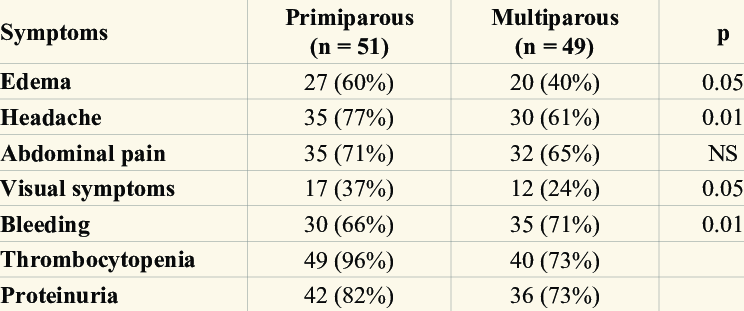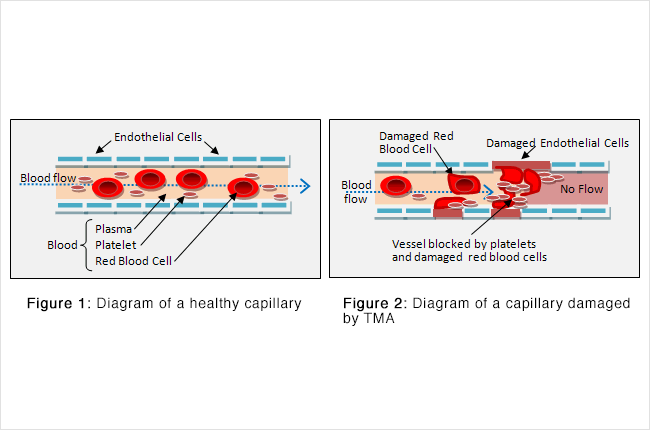Microangiopathy refers to diseases of the small blood vessels, often associated with conditions like diabetes, hypertension, or autoimmune disorders. These microscopic vessel abnormalities can lead to serious complications if left untreated. Recognizing the symptoms of microangiopathy is crucial for early intervention and management. In this article, we explore the common signs and symptoms of microangiopathy, shedding light on this often overlooked aspect of vascular health.
Retinopathy
One of the most well-known manifestations of microangiopathy is diabetic retinopathy. This condition affects the blood vessels in the retina, leading to vision problems and, if untreated, blindness. Symptoms may include:
- Vision may become blurred, making it difficult to focus or see clearly. Fluctuations in vision quality may occur throughout the day.
- Patients may notice dark spots or lines moving across their field of vision.
- Night vision may be impaired, making it challenging to see in low-light conditions.
- Without proper management, diabetic retinopathy can progress to the point of causing partial or complete vision loss.
Regular eye exams, including dilated eye evaluations, are essential for individuals with diabetes or other conditions predisposing them to microangiopathy to detect retinopathy early and prevent vision loss.
Nephropathy

Microangiopathy can also affect the kidneys, leading to diabetic nephropathy or other forms of renal microangiopathy. Symptoms may not be apparent until significant damage has occurred, but they can include:
- Swelling (edema): Fluid retention due to impaired kidney function can cause swelling, typically in the legs, ankles, or face.
- Fatigue: Kidney dysfunction can lead to anemia and fatigue due to reduced oxygen-carrying capacity in the blood.
- Changes in urine output: Patients may experience changes in the frequency and volume of urination.
- High blood pressure: Hypertension often accompanies kidney damage and may worsen as nephropathy progresses.
- Proteinuria (protein in the urine): Excessive protein leakage into the urine, detected through urine tests, is a hallmark sign of kidney damage.
Routine screenings for kidney function, including urine tests and blood tests to assess creatinine and estimated glomerular filtration rate (eGFR), are vital for early detection and management of nephropathy.
Neuropathy
Peripheral neuropathy, a common complication of diabetes and other microangiopathic conditions, involves damage to the nerves, particularly in the extremities. Symptoms may include:
- Patients may experience a tingling sensation, numbness, or loss of sensation in the hands, feet, or other areas.
- Neuropathic pain can manifest as burning, stabbing, or electric shock-like sensations.
- Nerve damage can impair muscle coordination and balance, increasing the risk of falls and injuries.
- Weakness or atrophy in the affected limbs may occur over time.
- Some individuals may experience heightened sensitivity or pain in response to light touch or pressure.
Managing blood sugar levels through medication, diet, and lifestyle modifications can help prevent or slow the progression of neuropathy. Pain management techniques and physical therapy may also provide relief from neuropathic symptoms.
Skin Changes
Microangiopathy can affect the skin, leading to various manifestations, including:
- Non-healing ulcers: Impaired blood flow and nerve damage can result in slow-healing or non-healing ulcers, particularly on the lower extremities.
- Changes in skin color or texture: Skin may appear discolored, thickened, or shiny due to vascular changes.
- Increased susceptibility to infections: Poor circulation and compromised immune function can make the skin more vulnerable to infections.
- Slow wound healing: Minor cuts, scratches, or injuries may take longer than usual to heal due to impaired blood flow and tissue repair processes.
Regular skin checks and prompt treatment of any wounds or abnormalities are crucial for preventing complications such as infections and ulcers.
Cardiovascular Complications
Microangiopathy can contribute to macrovascular complications, increasing the risk of heart disease and stroke. Symptoms may include:
- Chest pain or discomfort (angina): Reduced blood flow to the heart muscle can cause chest pain or pressure, especially during physical activity or stress.
- Shortness of breath: Difficulty breathing or catching one’s breath may occur due to heart failure or pulmonary edema.
- Irregular heartbeat: Arrhythmias, such as atrial fibrillation, may develop as a result of underlying vascular disease.
- Fatigue: Reduced cardiac output and oxygen delivery to tissues can lead to fatigue and weakness.
- Dizziness or lightheadedness: Impaired circulation or changes in blood pressure can cause dizziness or fainting spells.
Routine cardiovascular screenings, including blood pressure monitoring, cholesterol testing, and electrocardiograms (ECGs), are essential for managing cardiovascular risk factors associated with microangiopathy.
Cognitive Impairment
In some cases, microangiopathy can affect the blood vessels in the brain, leading to cognitive impairment or vascular dementia. Symptoms may include:
- Memory loss: Difficulty remembering recent events or conversations may be early signs of cognitive decline.
- Difficulty concentrating: Patients may have trouble focusing on tasks or maintaining attention for extended periods.
- Confusion: Disorientation or confusion regarding time, place, or people may occur.
- Mood swings: Changes in mood, such as increased irritability or apathy, may be observed.
- Impaired judgment: Individuals may have difficulty making decisions or solving problems effectively.
Early detection and management of vascular risk factors, such as hypertension, diabetes, and high cholesterol, can help reduce the risk of cognitive decline associated with microangiopathy.
Conclusion
Microangiopathy encompasses a range of vascular abnormalities that can affect various organs and systems in the body. Recognizing the signs and symptoms of microangiopathy is crucial for early intervention and management to prevent serious complications. Individuals with diabetes, hypertension, autoimmune disorders, or other conditions predisposing them to microangiopathy should undergo regular screenings and work closely with healthcare professionals to optimize their vascular health and overall well-being. By addressing underlying risk factors and adopting a proactive approach to vascular care, patients can mitigate the impact of microangiopathy and improve their quality of life.
